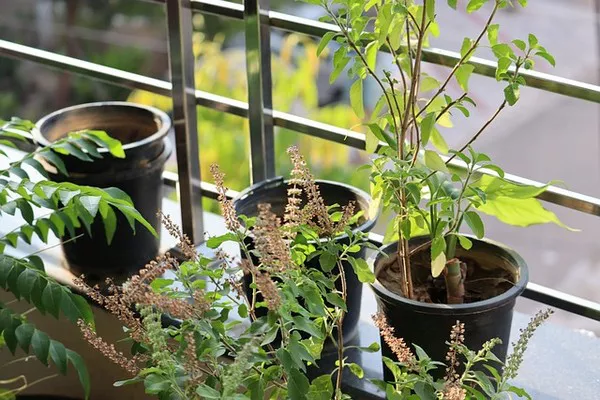Livestock operations face significant challenges from the proliferation of poisonous plants, necessitating a vigilant approach towards identifying and mitigating these threats. Recognizing the signs and symptoms of plant toxicity in animals is crucial for safeguarding both the well-being of the livestock and the economic interests of the industry.
The financial toll of poisonous plants on the livestock sector exceeds $500 million annually, encompassing losses from animal deaths and heightened management expenses. These losses manifest directly through animal mortality, diminished weight gains, reproductive issues, and other health complications, while indirect impacts include investments in fencing, increased medical and feed costs, reduced forage availability, diminished land value, and elevated stress levels for both animals and producers.
Protecting livestock from toxic plants falls squarely on the shoulders of animal owners and operators. Familiarizing oneself with the plant species prevalent in grazing areas is imperative, particularly for newcomers to an area. Conducting a thorough inventory of grazing lands can yield substantial savings in the long run, potentially amounting to hundreds or thousands of dollars during the grazing season. Collaboration with other livestock owners and land management agencies, especially when utilizing public lands for grazing, is essential for maintaining pasture quality and quantity.
Several common poisonous plants pose significant risks to livestock:
Poison Hemlock (Conium maculatum): Often mistaken for wild parsley, poison hemlock thrives in various environments across the western United States. Consumption by animals can lead to respiratory paralysis and convulsions, with as little as 16 ounces being sufficient to trigger toxicity in cattle. Pregnant cows exposed to poison hemlock may give birth to offspring with skeletal deformities, emphasizing the need for caution in managing this plant due to its toxicity to humans.
Water Hemlock (Cicuta douglasii): Resembling poison hemlock superficially, water hemlock presents similar dangers to livestock. Found near moist soils in areas such as ditches, stream banks, and marshes, it induces symptoms like nervousness, muscle twitching, and increased heart rate, with toxicity manifesting rapidly after ingestion.
Lupine (Lupinus species): Common in western foothills and mountain ranges, lupine toxicity mirrors that of hemlock poisoning, often resulting in labored breathing, nervousness, convulsions, and birth defects in livestock. Pregnant cattle consuming lupine during early gestation stages are at risk of producing offspring with skeletal deformities.
Larkspur: With tall, low, and plains varieties, larkspur poses risks particularly in high-elevation areas. Symptoms of larkspur poisoning include nervousness, weakness, bloating, irregular pulse, and even sudden death, necessitating careful management during flowering stages to prevent ingestion by cattle.
Milkweed (Asclepias species): Various milkweed species, notably labriform milkweed, present toxicity risks to livestock, characterized by symptoms like labored breathing, weakness, and rapid pulse. Grazing on milkweed is more likely during periods of forage scarcity or after frost.
Recognizing the signs of plant poisoning in livestock is crucial, with factors such as species, age, health, and reproductive status influencing animal responses. Any sudden behavioral changes or neurological symptoms should prompt immediate veterinary attention to mitigate potential losses.
To protect livestock from plant toxicity, proactive measures such as identifying and avoiding poisonous plants in grazing areas, understanding their life cycles and toxic periods, and providing adequate feed and water are essential. Additionally, offering mineral and salt supplements away from toxic plants can deter livestock from grazing in risky areas.
When in doubt about the toxicity of a plant, seeking assistance from local veterinarians or extension offices for proper identification is paramount. Handling potentially toxic plants, especially hemlock species, requires caution and protective gear to prevent accidental exposure.
In summary, vigilance, proactive management, and collaboration are pivotal in safeguarding livestock from the threats posed by poisonous plants, ensuring both animal welfare and economic sustainability within the livestock industry.


